The British Rock scene was lush and reeked of potential after the Clash and the Sex Pistols graced London. The sheer number of musical acts that claimed to be inspired to start a band upon seeing the Pistols perform live is staggering alone. The future was bright: variations on these Punk acts’ sound were abound and began to swarm. England birthed several highly influential bands including Public Image Ltd., Joy Division, Wire, Siouxsie and the Banshees, and Magazine. Towards the late ‘70s, these bands began being classified as “Post-Punk.” Among the greatest and most well-known names of the movement was Gang of Four. Their 1979 debut album, Entertainment!, is still celebrated today as one of the best albums released in the genre, enjoying accolades and rave reviews from various music publications including Rolling Stone magazine. Despite a few hiccups in the band’s career that resulted in the group being dissolved, once in 1983 after the departure of Hugo Burnham and Dave Allen and again in 1997, the Gang of Four managed to continue releasing albums with a fair consistency. In the early days of their career, Gang of Four wrote a series of successful and infectiously catchy Dance-Punk singles like 1981’s “What We All Want” from Solid Gold and 1982’s “I Love a Man in Uniform” from Songs of the Free. The ‘90s saw a series of less successful albums for the Gang including Mall (1991) and Shrinkwrapped (1995). Flash forward past an intermediate breakup, 2004 was the year Gang of Four reformed with their original lineup of Jon King (vocals), Andy Gill (guitar), Dave Allen (bass), and Hugo Burnham (drums) for the first time since the early ‘80s. Content (2011), the first collection of original material from the band in over fifteen years showed the Gang of Four in a new light: a sleek, modern interpretation of the Post-Punk group’s classic sound. This sound would only evolve further with their latest album in 2015 entitled What Happens Next released via Metropolis Records.
From the get-go, listeners can tell that What Happens Next bleeds modernity. The opening track “Where the Nightingale Sings” kicks off the album with swells of Electronic aesthetic coloring their unique take on Rock, boasting an air of reinvention and freshness. This same mentality is clearly present on “Obey the Ghost,” which sounds like it could have been written by a completely different band, and “Graven Image,” which utilizes synth as the primary driving force. The vocal delivery is one aspect of the music that has markedly changed. Vocalist Jon King left the band in 2012 and was replaced by Gaoler’s Daughter vocalist John Sterry. That being said, Sterry does not fail to deliver hooks which nicely accompany the grooves the Gang provides beneath. “Stranded,” “First World Citizen,” and “Isle of Dogs” exemplify the killer vibes that make this album unique. Among the array of guest vocalists, perhaps the most notable feature is Alison Mosshart of The Kills. Mosshart lends her talents on “England’s in My Bones” and “Broken Talk,” the former being a particular high point of the album which keeps with the Gang of Four convention of infusing Funk and Dub into their Rock tunes. “Broken Talk” and the closing track “Dead Souls” are two of the most danceable songs on the album, a novel take on the Dance-Punk flair present on classic Gang of Four tracks like “Damaged Goods” or “At Home He’s a Tourist.”
What Happens Next comes off as a middle finger to the notion of keeping a band’s sound consistent. The times are changing, and likewise Gang of Four’s music has continued to evolve. Now fans will have a chance to see the band live in support of the new material as they tour the USA throughout March. CrypticRock gives What Happens Next 3 out of 5 stars.
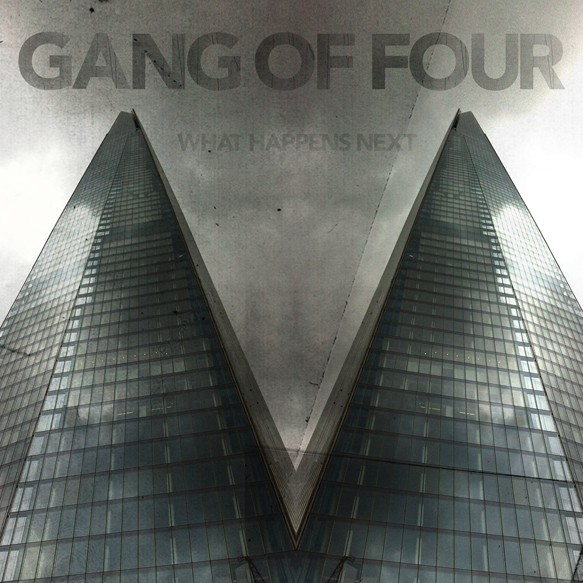
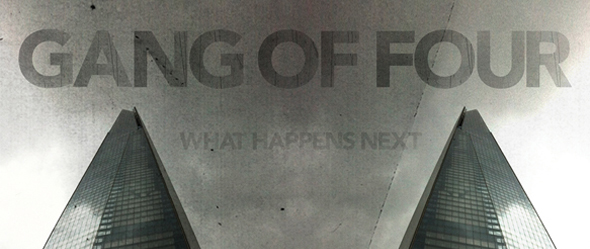
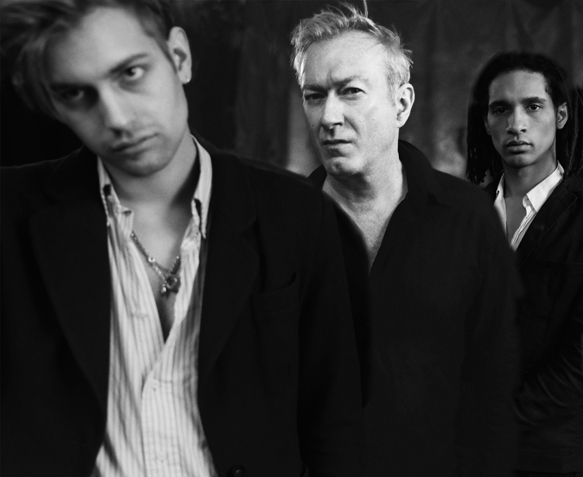
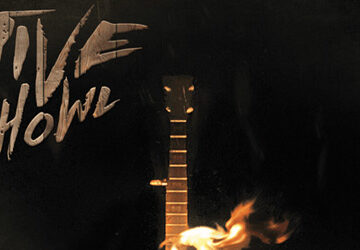
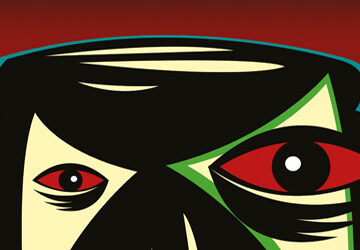


No comment